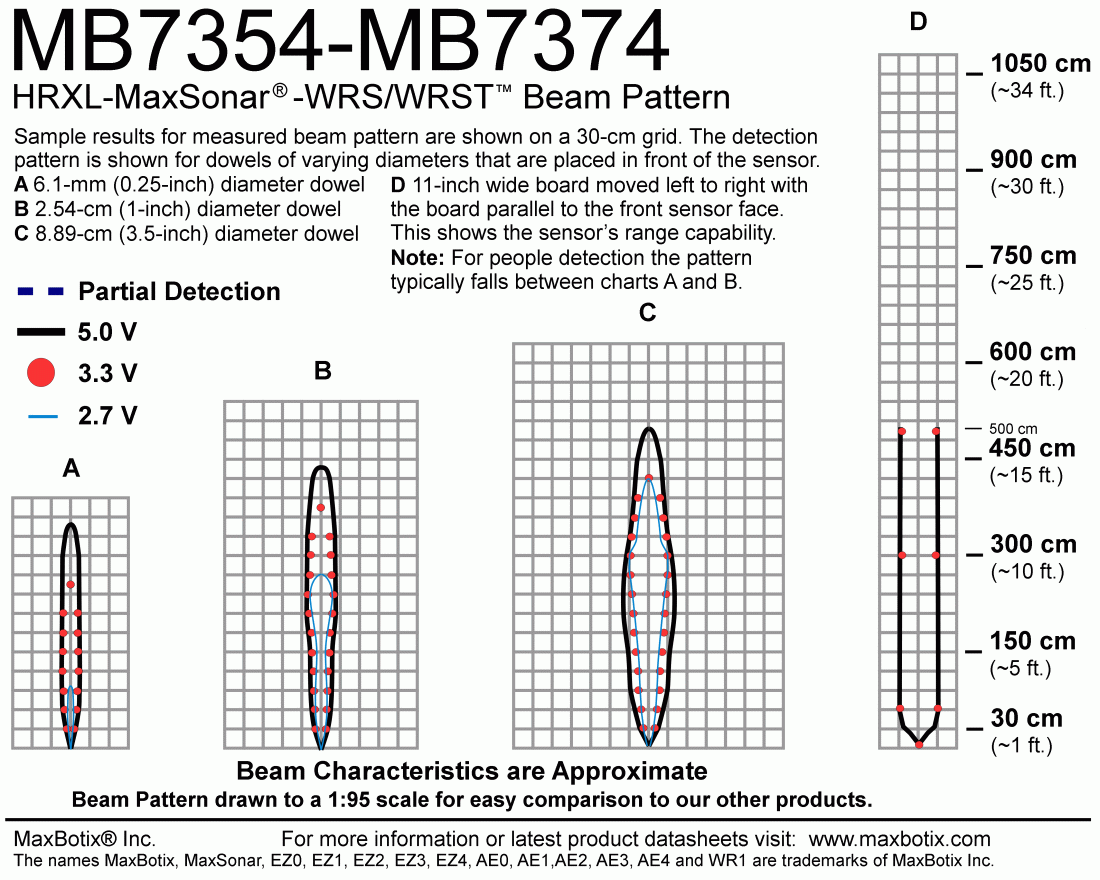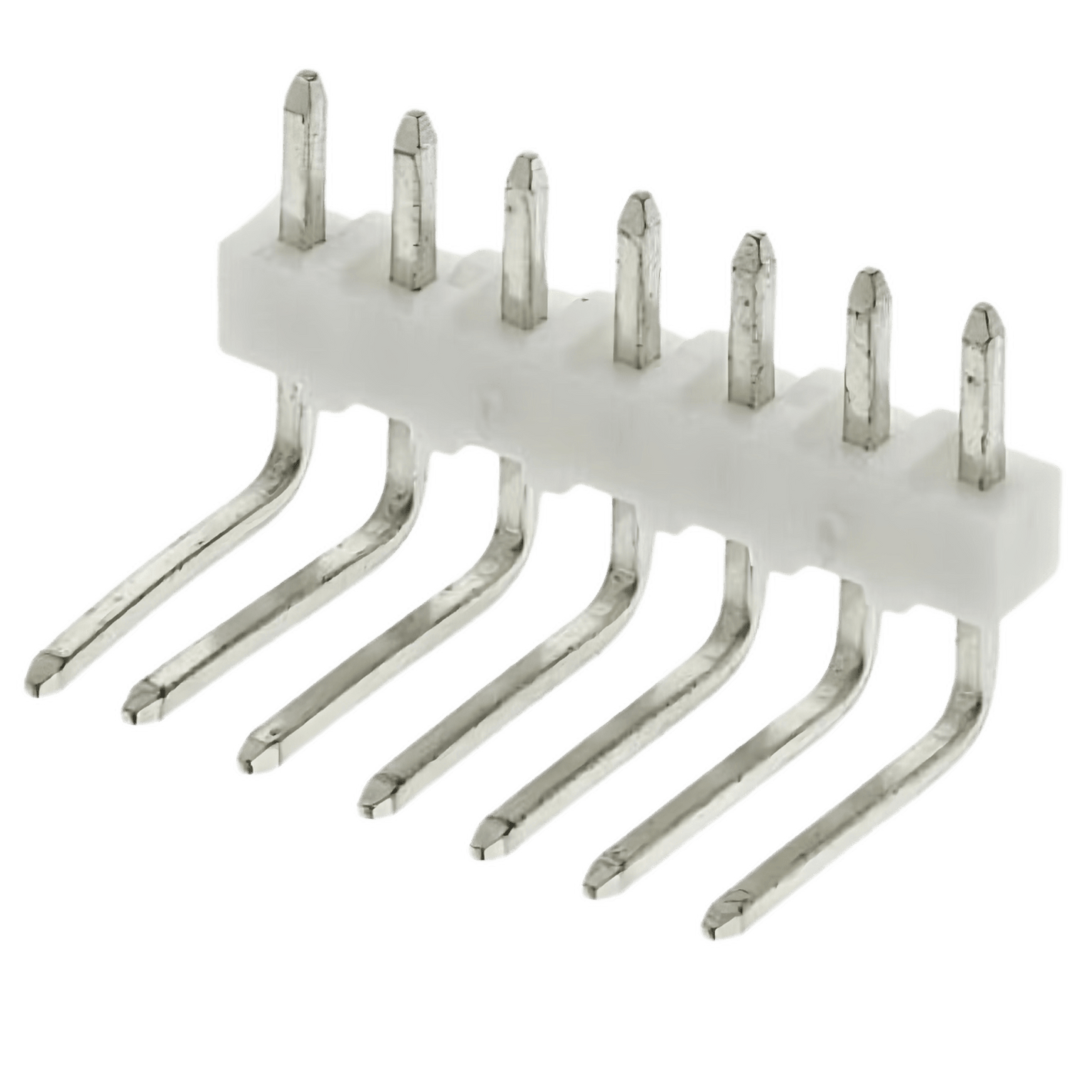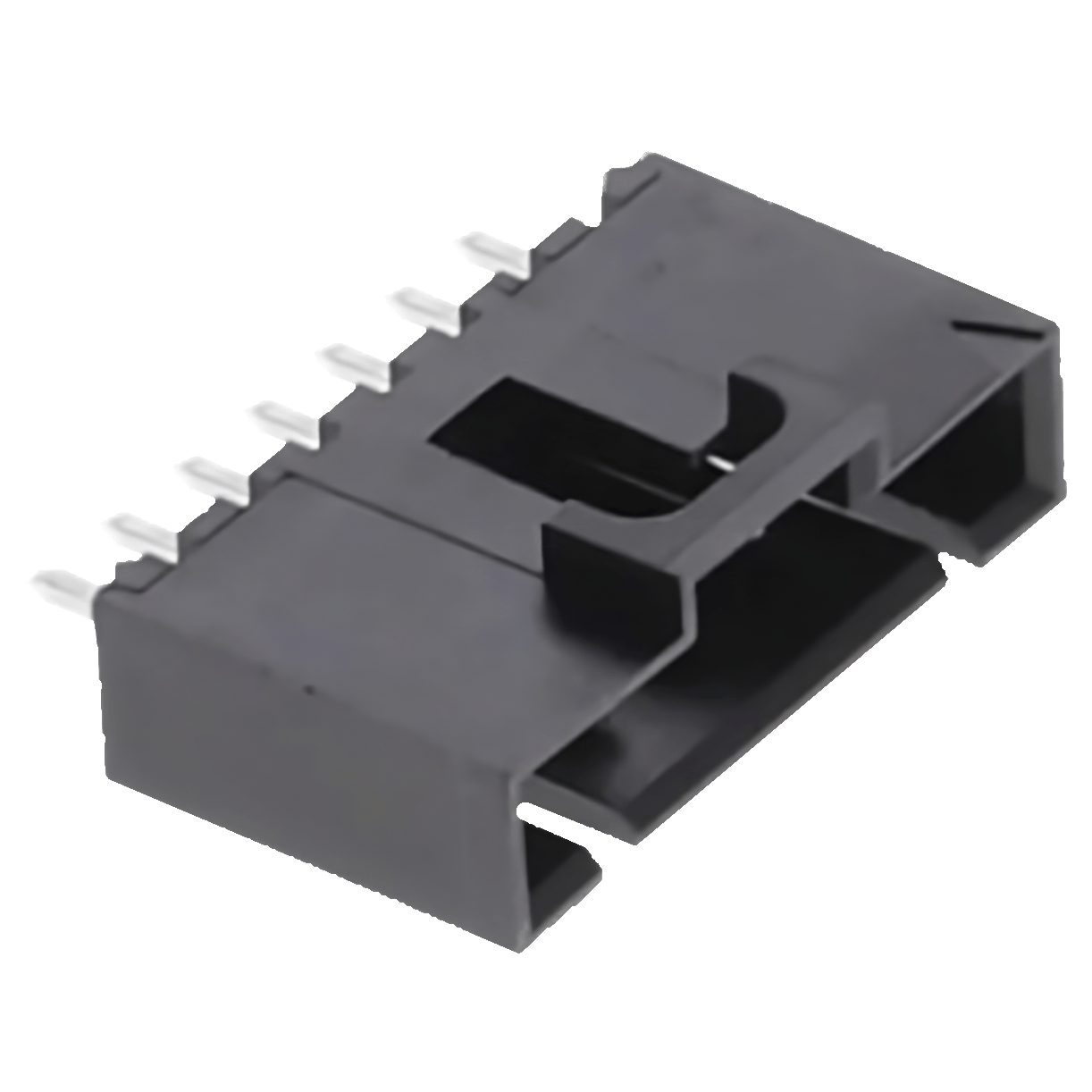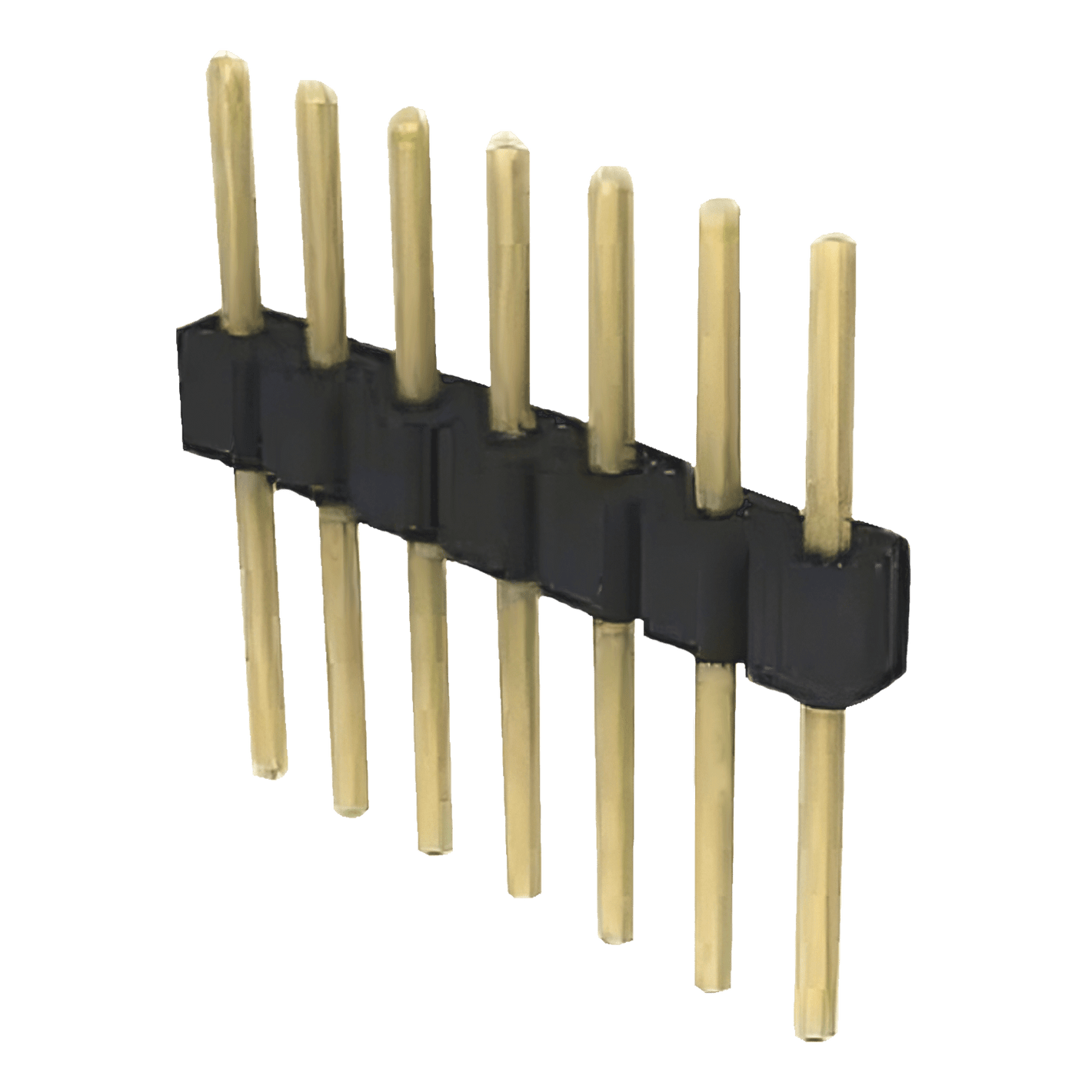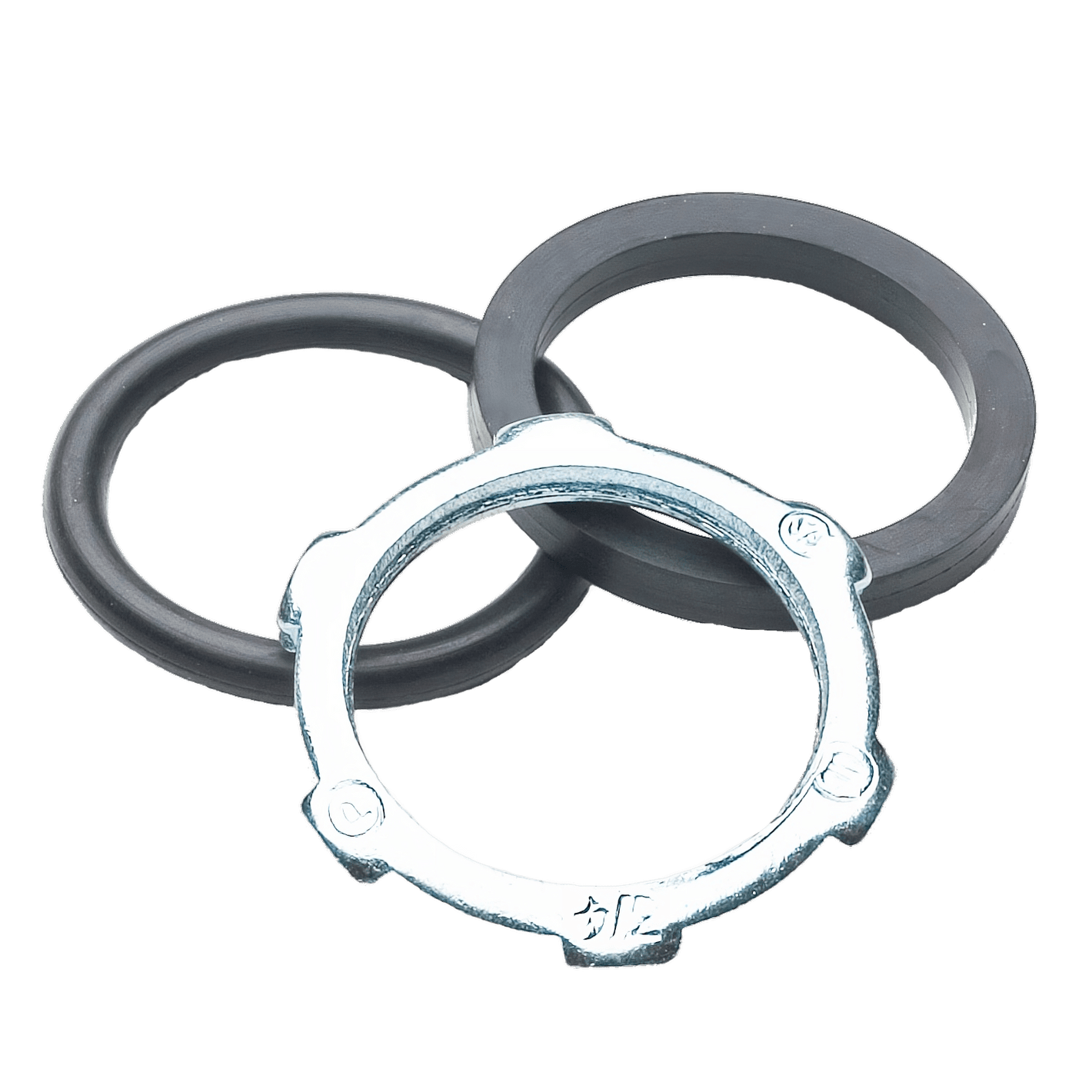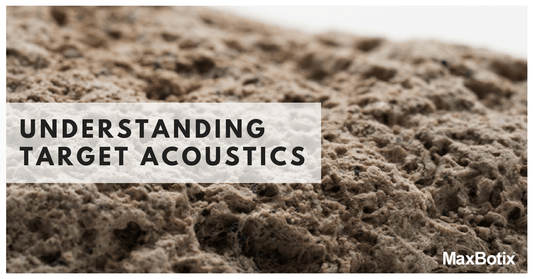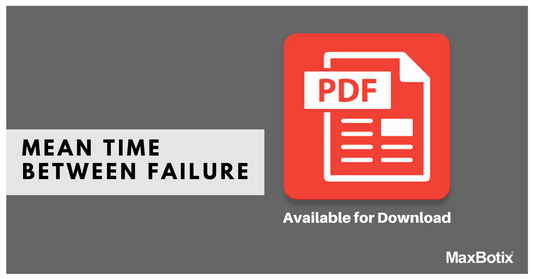Performance (common)
• Sensing range: 500 mm to 5 m (20 in to ~196 in)
• Resolution: 1 mm
• Minimum reported distance: 500 mm (near-field clamped)
• Transducer frequency: 42 kHz
• Temperature compensation: internal; optional external accessory support
Variants and update rate
• Standard HRXL class (MB7354/MB7374): ~6 Hz typical Update Rate
• Self-cleaning SCXL class (MB7554/MB7574): ~0.5 Hz typical Update Rate
Outputs (select by model/wiring)
• RS232 serial or TTL serial
• Analog voltage (scaled)
• Pulse-width (1 µs per mm)
• Optional 4–20 mA output available at purchase (replaces the standard modes)
Electrical
• Operating voltage (standard outputs): 2.7–5.5 V DC
• Typical current: ~3.1 mA (HRXL); ~68 mA (SCXL)
Environmental and construction
• Operating temperature: −40 °C to +65 °C (−40 °F to +149 °F)
• Enclosure: weather-resistant IP67
• Options: Fluorosilicone (F-Option) chemical-resistant coating; Parylene coating
Mounting and installation
• Fits standard 3/4-inch NPS pipe fittings (sensor connection end)
• Install with a clear, unobstructed path to the snow surface
• Aim to avoid hard reflections from nearby posts, towers, or enclosures
Behavior and filtering
• Reports the closest detectable target
• Filtering designed to minimize rapid changes in reported depth
Specifications summarized above. See the Snow Depth Ultrasonic Sensor Datasheet for complete electrical and mechanical details.
Why it matters
This snow depth ultrasonic sensor is built for unattended winter deployments where accuracy and uptime beat site visits. It measures depth without contact, so there’s no staff time clearing rulers or snowboards and no sensitivity to changing light or glare. Field teams running weather stations, DOT and municipal crews, researchers, and integrators get consistent accumulation, snowpack, and melt curves that their forecasting, alerts, and reports can trust.
How it works and how the data behaves
The sensor emits ultrasonic pulses and times the echo to the snow surface, reporting distance consistently across weather and temperature swings. Near-field handling provides predictable readings as the surface approaches the sensor, and filtering is tuned for clean time-series data—not twitchy point-to-point changes—so dashboards, alerts, and downstream models stay stable during gusts or brief disturbances.
Options and integration
Choose the standard low-current version for continuous monitoring, or a self-cleaning version that helps prevent frost and condensation at challenging sites when operated with constant power. Connect directly to data loggers, RTUs, or PLCs using serial or analog outputs; add the 4–20 mA option at purchase when SCADA simplicity or long cable runs are the priority. Internal temperature compensation supports reliable trends through daily and seasonal swings.
Install notes and typical uses
The housing threads onto common 3/4-inch NPS hardware for a rigid, repeatable mount above the snow surface. Position with a clear, unobstructed view of the target area; optional protective coatings support harsh or corrosive environments. Typical deployments include automated snow-depth monitoring at weather stations, winter maintenance telemetry along roads and facilities, environmental sensor networks, and research installations that demand dependable, low-touch measurements all season long. A common use case is for areas that can only be accessed in Summer but require Winter measurements.
Chemical Compatibility
Review our Chemical Compatibility notes to learn about our compatibility in different environments. Please contact our Technical Support team with any questions about chemicals not listed.
Email: techsupport@maxbotix.com
Product 3D Models
100 Housing (Full Horn Housing)
SNAP-ON HORN -A00 CAD Files
No PCNs on Record






